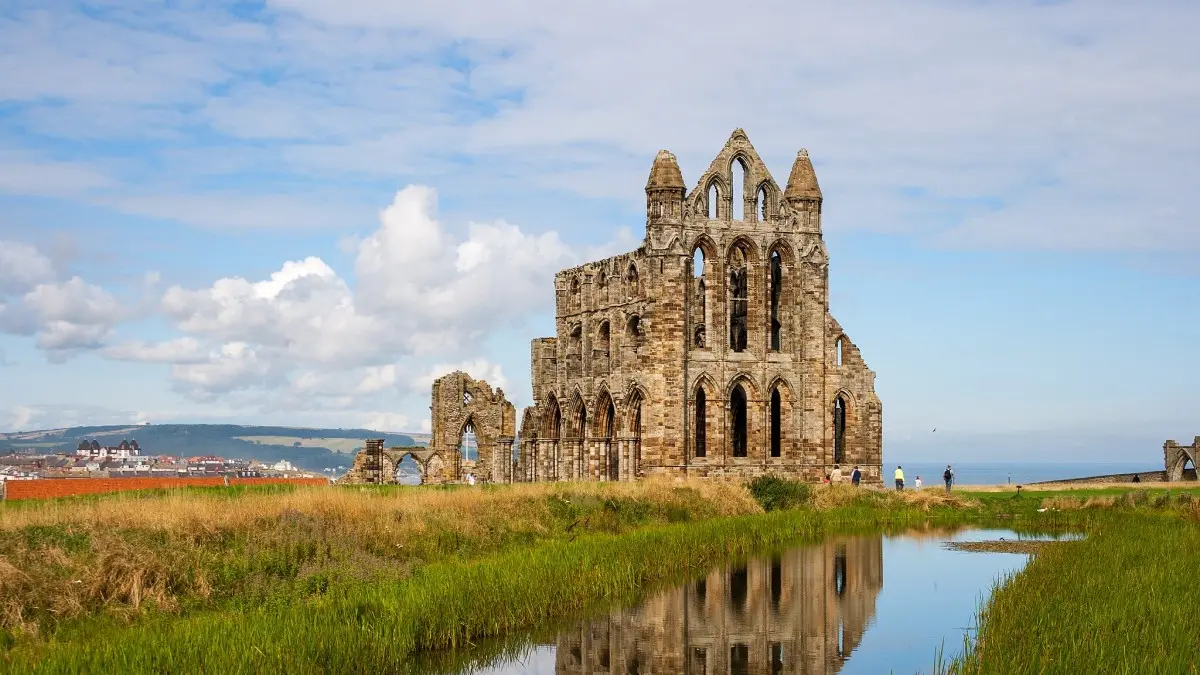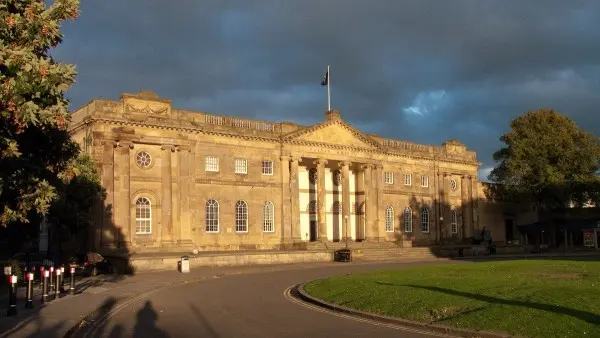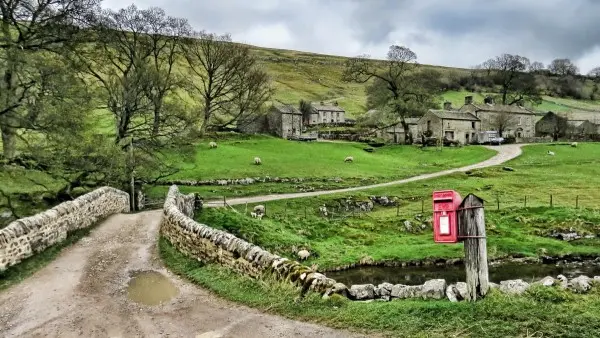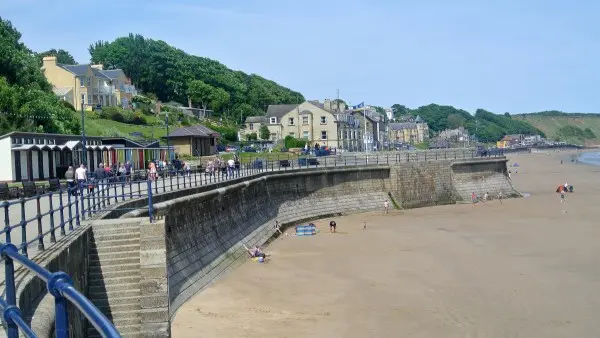Kirkstall Abbey
Explore
Discover Whitby Abbey, a hauntingly beautiful ruin atop the cliffs of North Yorkshire. Explore its Anglo-Saxon roots, Gothic charm, and Dracula legacy.

Perched high above the North Sea, Whitby Abbey stands as a timeless sentinel over the charming seaside town of Whitby in North Yorkshire. This atmospheric ruin, with its skeletal arches piercing the sky, beckons visitors to step into a world where history and legend intertwine. Founded in 657 AD by St. Hilda as a double monastery for monks and nuns, the abbey became a thriving center of learning and spirituality in Anglo-Saxon England. Destroyed by Viking raids in the 9th century, it was later reborn in the 11th century as a Benedictine monastery, only to meet its final demise during Henry VIII’s Dissolution of the Monasteries in 1539. Today, its haunting silhouette against the horizon is a magnet for history buffs, photographers, and literary enthusiasts alike.
The abbey’s Gothic grandeur inspired Bram Stoker’s Dracula, cementing its place in literary lore as the eerie backdrop where the vampire first set foot in England. Visitors ascend the famous 199 steps from Whitby’s bustling harbor, passing quaint cottages and the medieval St. Mary’s Church, to reach this cliff-top marvel. Once there, the sweeping views of the rugged coastline and the wild North York Moors unfold, offering a breathtaking reward for the climb. Managed by English Heritage, the site features a visitor center with interactive exhibits that bring its storied past to life, making it an immersive experience for all ages.
Beyond its historical and cultural allure, Whitby Abbey is a gateway to exploring the North York Moors National Park. Whether you’re drawn to the crashing waves below, the windswept moors stretching inland, or the town’s fish-and-chip charm, this landmark is a cornerstone of any British adventure. Seasonal events, like the illuminated abbey during Halloween, add a touch of magic, while the serene beauty of the surrounding landscape invites quiet reflection. Whitby Abbey isn’t just a ruin—it’s a portal to England’s soul, where every stone whispers tales of faith, conquest, and creativity.
The skeletal arches of Whitby Abbey, framed against the sky, are a sight to behold. Its eerie beauty inspired Bram Stoker to weave it into Dracula, making it a pilgrimage site for fans of the gothic novel. Wandering the ruins, you can almost hear the whispers of its storied past.
Ascending the iconic 199 steps from Whitby town is a rite of passage, offering glimpses of the harbor below. At the top, the reward is a panoramic vista of the North Sea and rugged cliffs—a perfect blend of effort and awe.
Founded in 657 AD by St. Hilda, Whitby Abbey was a beacon of early Christianity. Its role in the Synod of Whitby (664 AD), which shaped the English church, adds depth to its history, brought to life through the visitor center’s exhibits.
From Halloween illuminations casting eerie shadows to summer days bathed in sunlight, Whitby Abbey’s atmosphere shifts with the seasons. These events, paired with its cliff-top solitude, make every visit uniquely memorable.
Why not make a weekend of it? Explore Nearby Attractions. Scroll to zoom in or out on map.
Curious about Whitby Abbey? We've compiled answers to the most frequently asked questions to help you uncover the highlights and visitor essentials.
Whitby Abbey is renowned for its striking Gothic ruins, its role as a key Anglo-Saxon monastery founded by St. Hilda, and its literary fame as the inspiration for Bram Stoker’s Dracula. Its cliff-top location adds to its dramatic appeal.
From Whitby town center, climb the 199 steps from Church Street near the harbor. By car, follow signs to the abbey car park off Abbey Lane (YO22 4JT), a short walk from the site. Public buses also connect Whitby to nearby towns.
Founded in 657 AD by St. Hilda, Whitby Abbey was a pioneering double monastery and a center of early Christian learning. Destroyed by Vikings in 867 AD, it was refounded in the 11th century as a Benedictine abbey, thriving until its dissolution in 1539 under Henry VIII.
Yes, it’s managed by English Heritage and open year-round, though hours vary by season (typically 10 AM to 4-6 PM). Check the official English Heritage website for exact times and any closures.
Nearby highlights include the North York Moors Railway (a scenic steam train ride), Robin Hood’s Bay (a historic coastal village), and St. Mary’s Church (next to the abbey). The town of Whitby itself offers beaches and museums like the Captain Cook Memorial.
Make your trip unforgettable by exploring these nearby attractions during your visit.
 Leeds
Leeds
 Doncaster
Doncaster
 Helmsley
Helmsley
 Hull
Hull
 York
York
 Scarborough
Scarborough
 Leyburn
Leyburn
 Yorkshire Dales
Yorkshire Dales
 Great Ayton
Great Ayton
 Filey
Filey
 Ripon
Ripon
 Harrogate
Harrogate